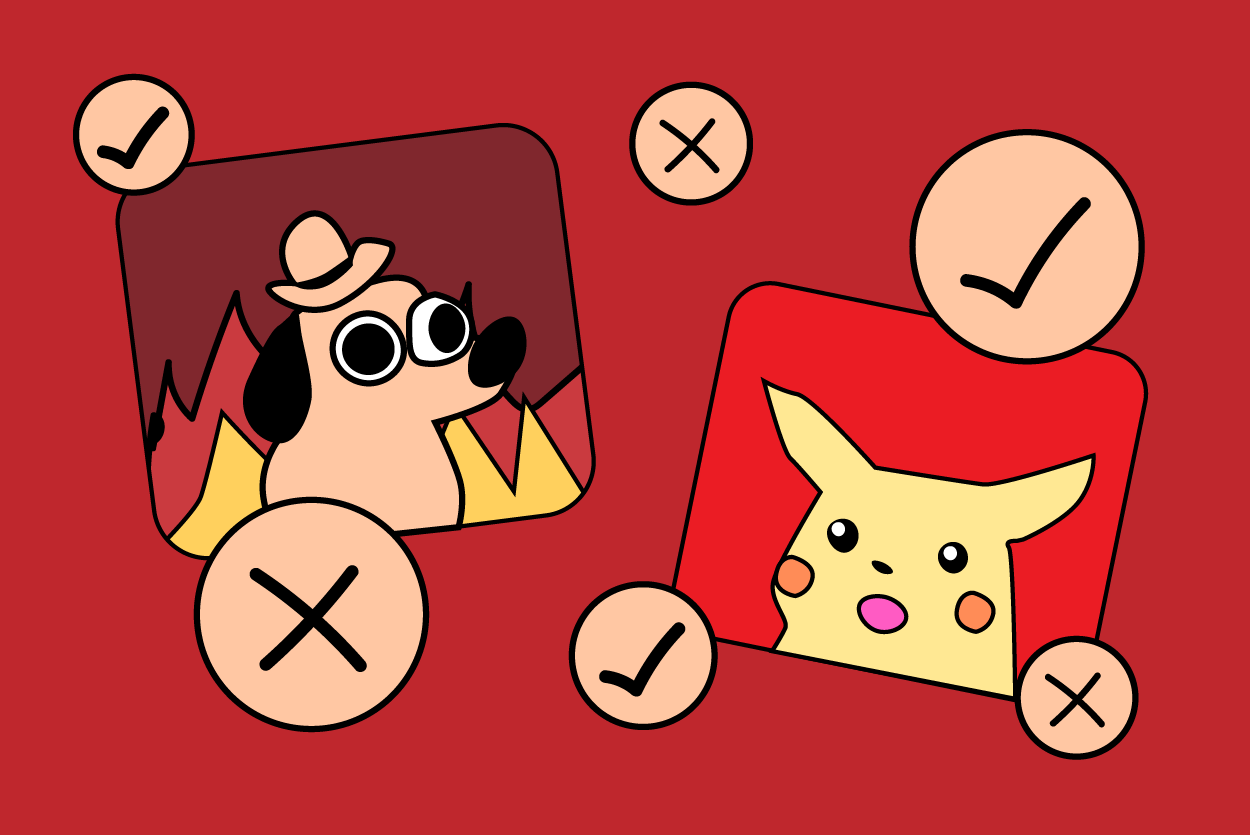Why Use Memes
With the younger generations becoming a larger part of brand consumers, strategies have to change to appeal to them. The rise of social media and shareable content means brands are having to learn a whole new way to market. Memes appeal to Millenials and Gen Z, give the company a human touch, and are low effort compared to other marketing techniques. Staying up to date on trends can also push your content further than simply paying to be promoted.
When It’s Done Right
A brand we’ve all heard of that is definitely on top of their meme game is Wendy’s. From sassy tweets calling out other brands (and sometimes even customers) to sharing a meme perfectly in line with their brand, they have this new-age marketing down. Others have started to join and there are plenty of curated lists out there of the best brand memes like this one.
The Rules Behind Meme Use
If you want to start using memes in your marketing, there are some things you have to know. Namely, a lot of memes do have copyright protection or are trademarked. One example is the viral “Grumpy Cat” meme which is actually the intellectual property of Grumpy Cat Inc. Corp. Ohio. Another thing, advertising is not protected by fair use. A random Twitter user sharing a technically copyrighted meme is fine, but when you use it for advertising (which gives the implicit goal of making money), you start to get into muddy waters on the fair use guidelines.

There are memes that aren’t copyrighted, and there are ways around using viral (but copyrighted) pictures. One example is the viral Arthur fist meme, Gucci simply dressed a real person and took a picture to mimic the image while not directly using it. Consumers still got the reference and Gucci remained legally safe. Hope is not lost however, there are plenty of free-use memes and ways to incorporate current trends into normal text to keep your brand hip.
Tips and Tricks
Here are our best tips for memes:
- Know Your Audience: You’ve heard this before, but it is doubly important for meme marketing. If we’re being honest, memes just won’t work well if your main consumers are Boomers. Knowing how your customers relate to your product and what else they are into or believe will also help with meme marketing.
- Hire a Marketer That Understands Memes: Memes may seem easy, but what words you use and knowing the history or context of the memes are super important. Find someone who knows the lingo already and can also catch any potential PR disasters from using something offensive.
- Timing: There are a few new memes every month. While some remain classics and can be used long-term, others are short-lived. Most brands already know how important marketing timing is, memes take the need for perfect timing to a new level. If you plan on making your own meme about a current event, make sure you know the current public opinion or you can risk being seen as insensitive.
- Be Funny: This one might seem obvious but we have to say it. The nature of memes is humor. While some brands have used the format to share important info about their products, that just isn’t the best strategy. Think of the meme as a way to increase engagement and brand recognition, not a way to sell a specific product or give actual information on your brand.



